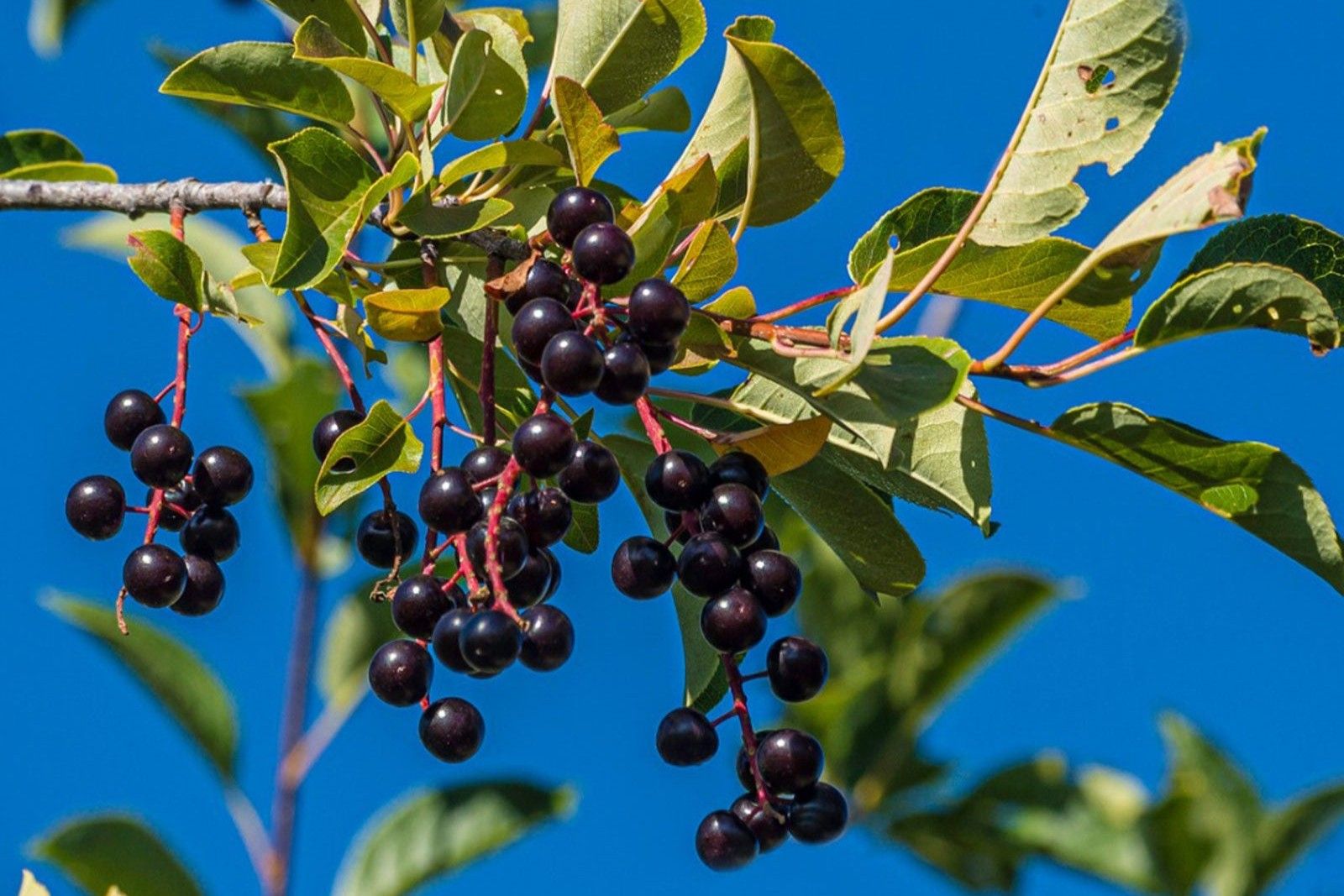
Chokecherry might sound like a quirky name, but this small fruit packs a punch. Did you know chokecherries are not only edible but also packed with nutrients? These tiny berries have been a staple for Native American tribes for centuries, used in everything from food to medicine. Chokecherry trees are hardy, thriving in various climates across North America. Their beautiful white flowers bloom in spring, adding a touch of elegance to landscapes. But beware, the seeds and leaves contain toxins, so proper preparation is key. Curious about more chokecherry facts? Let's dive into 31 intriguing tidbits about this fascinating fruit!
What is a Chokecherry?
Chokecherries are small, dark berries that grow on shrubs or small trees. They belong to the Prunus genus, which includes cherries, plums, and almonds. These berries have a tart taste and are often used in jams, jellies, and syrups.
- Chokecherries are native to North America, found from Canada to Mexico.
- The scientific name for chokecherry is Prunus virginiana.
- Chokecherry trees can grow up to 30 feet tall.
- The berries are usually red or dark purple when ripe.
- Chokecherries have a tart, astringent taste, making them less popular for fresh eating.
Historical Uses of Chokecherry
Chokecherries have been used for centuries by Native American tribes for various purposes. They were a staple in their diet and also had medicinal uses.
- Native Americans used chokecherries to make pemmican, a high-energy food made from dried meat and fat.
- The bark and leaves of the chokecherry tree were used to treat colds, coughs, and sore throats.
- Chokecherry tea was believed to help with digestive issues.
- The berries were often dried and stored for winter use.
- Chokecherries were also used as a natural dye for fabrics.
Nutritional Benefits of Chokecherry
Despite their tartness, chokecherries are packed with nutrients. They offer several health benefits that make them worth incorporating into your diet.
- Chokecherries are rich in antioxidants, which help fight free radicals in the body.
- They contain vitamins A and C, essential for immune function and skin health.
- The berries are a good source of dietary fiber, aiding in digestion.
- Chokecherries have anti-inflammatory properties.
- They also contain minerals like potassium, calcium, and magnesium.
Chokecherry in Modern Cuisine
Though not as commonly used as other berries, chokecherries have found their way into modern kitchens. They add a unique flavor to various dishes and beverages.
- Chokecherry syrup is a popular topping for pancakes and waffles.
- The berries can be used to make wine and liqueurs.
- Chokecherry jelly is a favorite spread for toast and biscuits.
- They can be added to pies and tarts for a tart flavor.
- Chokecherry sauce pairs well with game meats like venison and duck.
Growing Chokecherry
If you have a green thumb, growing chokecherry can be a rewarding experience. These hardy plants are relatively easy to cultivate and maintain.
- Chokecherry trees prefer well-drained soil and full sun but can tolerate partial shade.
- They are drought-resistant once established.
- Chokecherries can be propagated from seeds, cuttings, or suckers.
- The trees are susceptible to black knot disease, a fungal infection.
- Birds love chokecherries, so you may need to protect your crop with netting.
Interesting Facts About Chokecherry
Chokecherries have some unique characteristics and interesting tidbits that make them stand out among other berries.
- The name "chokecherry" comes from the berry's astringent taste, which can cause a choking sensation.
- Chokecherry wood is hard and was used by Native Americans to make arrows and tools.
- The berries are toxic to livestock if consumed in large quantities.
- Chokecherry flowers are white and bloom in clusters in the spring.
- The leaves of the chokecherry tree turn a beautiful red in the fall.
- Chokecherries are an important food source for wildlife, including birds and bears.
The Final Bite on Chokecherries
Chokecherries are more than just a wild fruit. They’ve got a rich history, packed with nutritional benefits and medicinal uses. From their role in Native American culture to their modern-day culinary applications, these berries are versatile and valuable. Whether you’re making jams, jellies, or even wines, chokecherries offer a unique flavor that’s hard to beat.
Remember, though, they need proper preparation to avoid their natural toxins. So, next time you see these little berries, you’ll know they’re not just another wild fruit. They’re a part of history, a source of nutrition, and a culinary delight. Enjoy exploring the many ways you can incorporate chokecherries into your diet. Happy foraging!
Was this page helpful?
Our commitment to delivering trustworthy and engaging content is at the heart of what we do. Each fact on our site is contributed by real users like you, bringing a wealth of diverse insights and information. To ensure the highest standards of accuracy and reliability, our dedicated editors meticulously review each submission. This process guarantees that the facts we share are not only fascinating but also credible. Trust in our commitment to quality and authenticity as you explore and learn with us.
